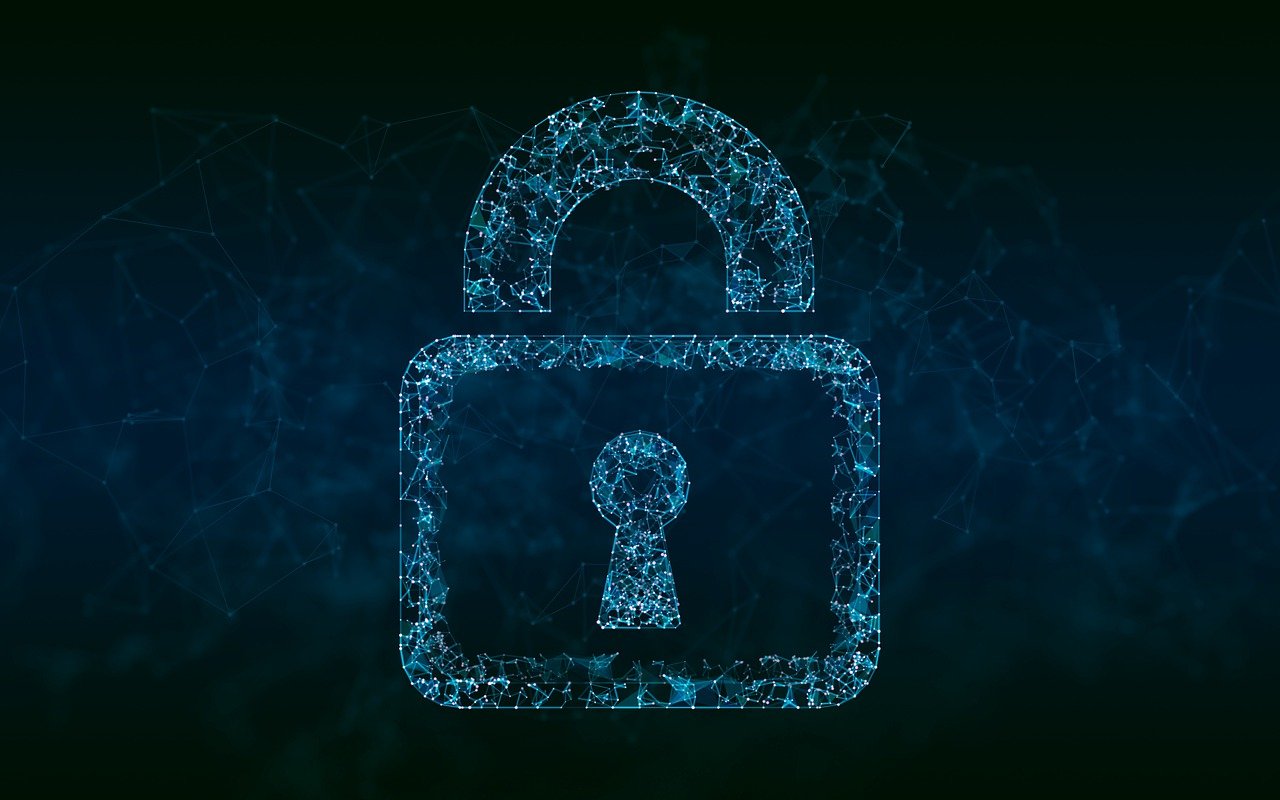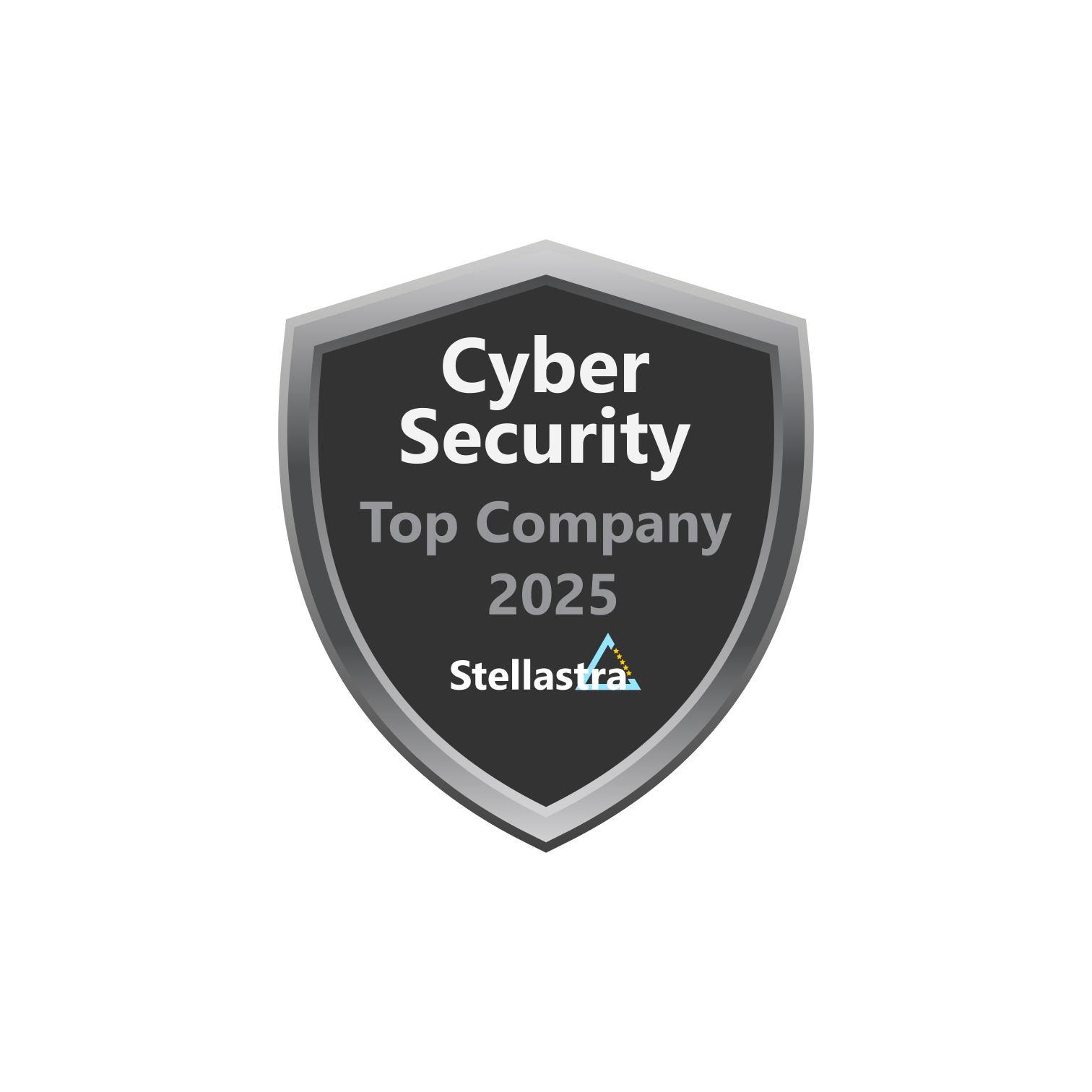· 5 min read
What is Single Sign-On SSO | Definition and Meaning
Single Sign-On SSO is a user authentication process that enables access to multiple applications with one set of credentials, enhancing user experience and security.

What is Single Sign-On (SSO)?
Single Sign-On (SSO) is a user authentication process that allows a user to access multiple applications or services with one set of credentials. This means that after the user logs in once, they can use different systems without needing to re-enter their credentials for each one.
Understanding Single Sign-On
In an age where digital interactions have become the norm, SSO stands out as a significant innovation in enhancing user experience and streamlining access. Users no longer have to remember multiple usernames and passwords for each application they use; instead, they can authenticate themselves once and enjoy seamless access to all associated services.
The underlying technology of SSO involves various protocols and frameworks like SAML (Security Assertion Markup Language), OAuth, and OpenID Connect. These protocols ensure secure communication and data sharing among different applications and identity providers.
Types of Single Sign-On
SSO systems can be categorized based on how they operate:
Enterprise SSO: Typically used in organizational settings, allowing employees to use a single set of credentials for various corporate resources.
Web SSO: Commonly utilized for web applications. It allows users to access multiple web services with one login.
Federated SSO: This allows a single identity to be accepted across multiple distinct domains. For example, a user might have a single set of credentials that work across partner organizations’ systems.
How Does Single Sign-On Work?
The SSO process generally involves the following steps:
User requests access: The user attempts to access an application or service.
Redirection to Identity Provider (IdP): The application redirects the user to the SSO login page, often provided by an IdP.
User Authentication: The user enters their credentials on the IdP’s login page.
Token Generation: If the credentials are approved, the IdP generates an authentication token.
Access Granted: The user is redirected back to the application with this token. The application verifies the token, and the user gains access.
Token Usage: For subsequent logins to other applications integrated with the SSO system, the same authentication token can be used for access.
Benefits of Single Sign-On
SSO offers a plethora of advantages:
- Convenience: Users can access various systems without repeated logins, saving time and effort.
- Security: It minimizes password fatigue, reducing the likelihood of poor password practices.
- Cost-Effective: Organizations can lower help desk costs associated with password resets.
- Centralized Management: IT administrators can manage user access across various platforms from a single point, enhancing monitoring and audit.
Challenges and Considerations
While SSO has many advantages, it also comes with challenges:
- Security Risks: If SSO credentials are compromised, an attacker can potentially access multiple applications.
- Dependence on IdP: If the IdP goes down, users may be unable to access critical applications.
- Complex Implementation: Integrating SSO across diverse platforms and services can be complex, requiring careful planning and consideration.
Integrating Single Sign-On in Organizations
Organizations looking to enable Single Sign-On can follow these key steps:
Define Requirements: Assess the applications and services that will be integrated with SSO.
Choose a Provider: Select an appropriate identity provider that fits your organization�s needs.
Configuration: Configure the chosen SSO solution according to security and functional requirements.
Testing: Thoroughly test the SSO setup before rolling it out organization-wide.
User Training: Educate users about the new authentication process to ensure a smooth transition.
Known Vulnerabilities
Despite its advantages, Single Sign-On has faced various vulnerabilities that have posed significant risks in the past:
CVE-2023-1092: In 2023, a vulnerability found in several OAuth Single Sign-On WordPress plugins prior to version 6.24.2 allowed attackers to execute Cross-Site Request Forgery (CSRF) attacks, enabling malicious actors to delete arbitrary identity providers (IdP) through compromised admin accounts.
CVE-2023-20238: Cisco also faced a major vulnerability in their Broadworks application delivery platform that permitted unauthenticated remote attackers to forge credentials necessary for accessing systems. This vulnerability could result in toll fraud or unauthorized command execution, putting sensitive user information at risk.
CVE-2023-35132: Moodle identified a SQL injection vulnerability impacting various versions, putting user data at potential risk due to inadequate input validation on the SSO access control page.
CVE-2022-1680: In GitLab, a vulnerability involving group SAML SSO allowed unauthorized users to potentially take over premium accounts via the SCIM feature due to inadequate security checks.
CVE-2022-2133: The OAuth Single Sign-On WordPress plugin before version 6.22.6 exhibited a serious flaw where it failed to validate OAuth access token requests legitimately, allowing attackers to log in using only an email address.
These examples underline the ongoing need for vigilance and updates in SSO systems to mitigate security risks effectively.
Single Sign-On significantly simplifies the user authentication process across multiple applications. By allowing users to log in once and gain access to numerous services, SSO improves user experience while enhancing security measures. As organizations strive for a more seamless digital experience, implementing effective SSO solutions becomes not only a convenience but a necessity in today�s interconnected world.
Understanding the foundational elements of SSO, its working mechanisms, benefits, and potential challenges, positions organizations to make informed decisions about its implementation, paving the way for greater productivity and security. In light of past vulnerabilities, continuous monitoring and updates are essential in safeguarding these systems and maintaining trust in their use.

